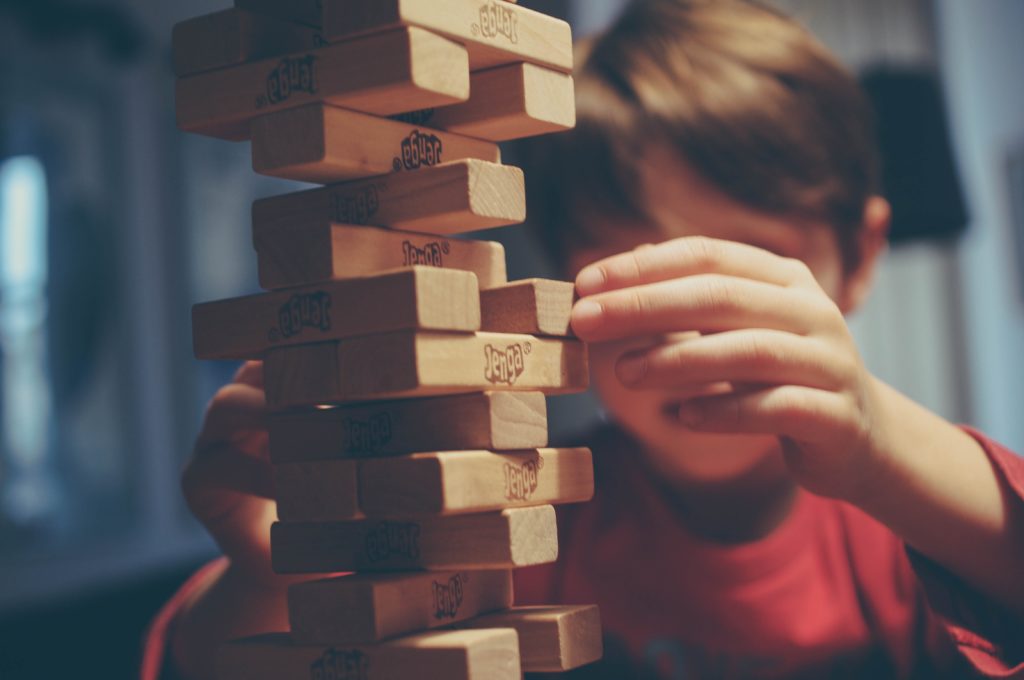In this blog post we start with the dragons, but sadly they’re not as prevalent as they should be. The rest goes on to talk about how useful play is. GK Chesterton writes:
Fairy tales are more than true – not because
they tell us that dragons exist,
but because they tell us that dragons can be beaten.

Dragons come in many shapes and sizes, and the ability to beat a dragon is couched in the ability to imagine ways of beating the dragon. Play provides a training ground for the skills children and young people use throughout their lives, as their dragons develop and grow with them.
Problem solving (dragon-beating) is a tangible outcome of play. Play also provides a platform to process complicated situations and emotions, and creates an immediacy of focus which helps combat anxiety and fear. When children are completely immersed in play, particularly narrative play, it is healing and restorative. Play is good for them.
Play is easy to move down the agenda, though. They’re not going to sit a GCSE in ‘Play’ and it’s not a subject which comes up in the SATS! At this time, however, in the midst of a global pandemic, allowing space for children to play and process their emotions is a valid use of time. Within the context of school, they would have PHSE or ELSA lessons during school time. Every home must find their own rhythm and priorities, but it has helped me to remember that play is therapeutic. When I hear my children launch into a lengthy imaginative game during their lunchbreak, I try to ask myself if we need to rush back to The Battle of The Handwriting Practice Workbook. Sometimes yes, sometimes no. And, on a good day, I think about what my mental health needs in that cheeky extra pocket of free time.

Modelling caring for our own and their wellbeing helps our children know that looking after mental health is important. It’s not necessarily easy to find time for this. I was recently challenged to ask myself, after every expenditure of free time, ‘Do I feel better for having done that activity?’ This has helped me streamline what I do in my free time to those activities I genuinely feel better for having done. The ability to refuel and keep going makes a big difference. What refills your soul? What is fun, what puts a sparkle back in your eye? How do you beat your dragons?!
One of the things that often puts a sparkle in my eye is my work. Teenagers are full of fun and play, however playing sometimes looks a little different for teenagers than smaller children. Children play easily with family members, but young people find their identity more through their friendship groups, and that is often where ‘play’ happens for them.

One of my personal favourite resources to encourage ‘play’ in young people are Story Cubes. Over the years I’ve found the orange and blue sets to be the best all-rounders. We divide the cubes amongst the group, and take it in turns going round in a circle building on the story. One particularly poignant demonstration of the power of play and story happened a few years ago: a young person, then in Year 10, came out after school very upset. Our group met and walked to a coffee-shop for our session. Usually young people walk off their after-school angst. This was proper, deeply-engrained anguish; he was really suffering, and the entire group was feeling for him. After we’d snacked on sugar and carbohydrates, we broke out the Story Cubes, and our small group took our turns building a story. The young lad was able to use the storytelling as a cathartic platform for his worries – he wove his outrage into the story, and in so doing was able to take control of the narrative of both the story and his own discontent, and work towards a positive solution.
He subdued his dragon.
And that is what play is good for.
